The golden light of dawn filters through the petals of a sunflower, but what we see is merely a fraction of the story. To a honeybee’s ultraviolet-sensitive eyes, this same flower erupts in vivid patterns—a secret language of nectar guides and landing strips invisible to human perception. This is the world of ultraviolet floral navigation, a phenomenon that has shaped the co-evolution of flowers and pollinators for millions of years. Modern hikers armed with UV photography and wayfinding apps can now trace these ancient pathways, following routes mapped not by human hands but by the collective wisdom of bees.
Scientists have long known that bees perceive ultraviolet light as a distinct color, but only recently have we begun to decode how this shapes their foraging routes. Flowers employ ultraviolet pigments like flavonoids to create "bullseye" patterns—concentric rings that guide bees to their reproductive centers. These markings often intensify toward the flower’s core, creating a visual gradient that’s as clear as runway lights to a descending bee. Certain alpine flowers take this further, arranging their UV-absorbing patches in arrow-like formations that literally point toward pollen stores.
The implications for trail design are revolutionary. Researchers at the University of Exeter have documented how wild bees establish "motorways" between flower patches, with individual scouts leaving pheromone markers at decision points. These routes frequently follow terrain features that amplify UV reflectance—quartz-rich sandstone outcrops or deposits of certain lichens glow brilliantly in bee vision. By overlaying UV satellite imagery with traditional topographic maps, outdoor enthusiasts can now walk these pollinator pathways, discovering corridors where blooms concentrate in response to insect traffic.
Morning hikers will notice something extraordinary when viewing meadows through UV-pass filters. What appears as uniform yellow to human eyes becomes a patchwork of high-contrast signaling. Dandelions, often dismissed as weeds, transform into luminous beacons with dark centers—explaining their popularity with early-season bees. Meanwhile, some white flowers like wild strawberries absorb UV entirely, appearing as velvety black holes against the foliage. This creates a dynamic visual landscape where flowers compete not through brightness alone, but through sophisticated pattern contrasts.
Navigation by floral UV signatures requires understanding seasonal shifts. The same meadow that blazes with UV markers in May may become visually muted by August as flowers reallocate pigments to seed production. Savvy hikers time their walks to coincide with peak signaling periods, typically mid-morning when UV reflectance is strongest before solar radiation peaks. Certain flowers like bird’s-foot trefoil even change their UV patterns throughout the day, their guides fading as nectar supplies dwindle—a natural "closed for business" sign perceptible only to pollinators (and now, UV-equipped humans).
At landscape scale, these floral signals create what ecologists call "nectar landscapes"—three-dimensional maps of caloric rewards. Bees integrate this with polarized light perception for long-distance navigation, but hikers can approximate it using multispectral mapping tools. The USDA’s UV floral abundance maps reveal surprising corridors, like the lupine highways of Sierra Nevada meadows or the fireweed pathways threading through Alaskan burn zones. Following these routes often leads walkers through otherwise overlooked microhabitats where soil chemistry and sunlight angles create perfect conditions for UV-signaling blooms.
The sensory experience of UV hiking transcends visual novelty. Walking a bee’s route attunes one to subtleties—how morning dew amplifies UV reflectance on petal edges, or how certain leaf hairs scatter ultraviolet in halos around flower clusters. Some veteran UV hikers report developing a sixth sense for locating rare orchids, whose complex UV patterns stand out sharply against surrounding vegetation. There’s growing evidence that spending time in these pollinator-centric spaces may benefit human wellbeing too, as the intricate fractal patterns of UV floral designs resonate with our own neural pathways.
As climate change alters flowering schedules and distributions, documenting these ultraviolet corridors becomes an act of ecological preservation. Citizen scientists using specialized cameras are mapping changes in floral UV signatures across continents, creating a living database of pollinator resources. Their work reveals disturbing trends—some flowers are losing their UV patterns as rising CO2 levels disrupt pigment production, while others bloom out of sync with their pollinators’ active periods. The humble act of following a bee’s ultraviolet roadmap becomes both a meditation on interspecies connection and a frontline effort in conservation biology.
Next time you pass a roadside verge buzzing with bees, remember—you’re witnessing an ancient navigation network perfected over eons. Those insects are following floral signage written in wavelengths beyond our natural perception, tracing routes that sustained their ancestors through ice ages and continental shifts. With modern technology, we can now walk beside them, if only as wide-eyed tourists in their ultraviolet world. The experience changes one’s understanding of landscapes forever—not as static scenery, but as living, signaling, ever-changing matrices of biological communication.
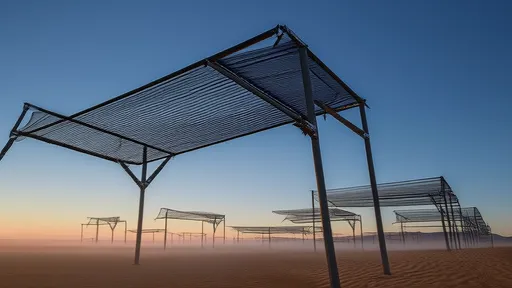
By /Jul 16, 2025
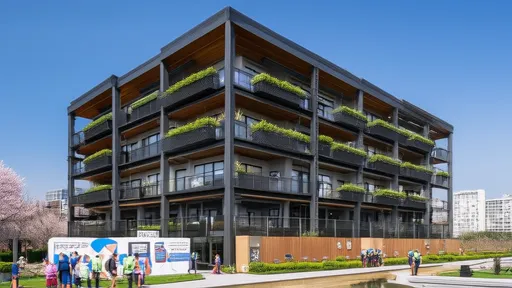
By /Jul 16, 2025

By /Jul 16, 2025

By /Jul 16, 2025

By /Jul 16, 2025
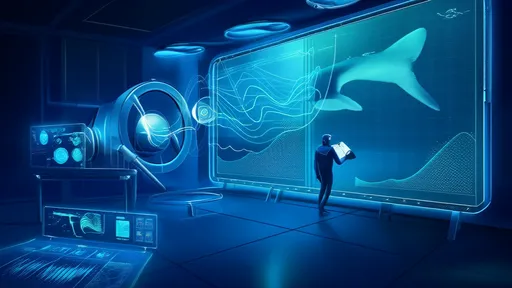
By /Jul 16, 2025
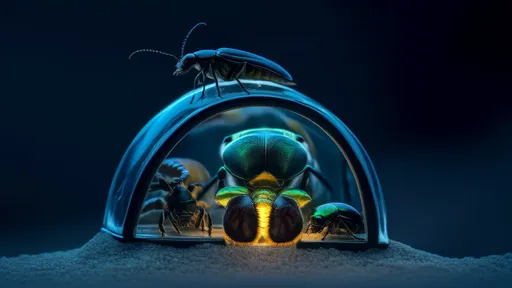
By /Jul 16, 2025
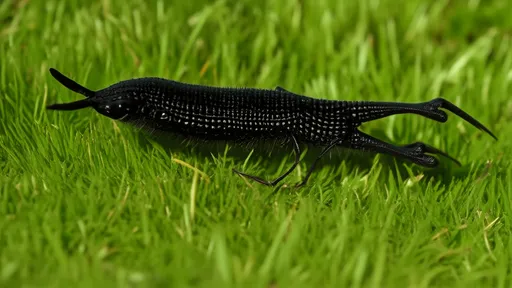
By /Jul 16, 2025
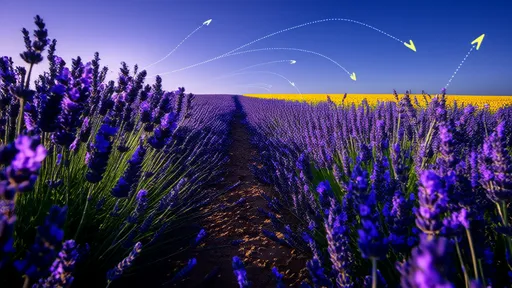
By /Jul 16, 2025
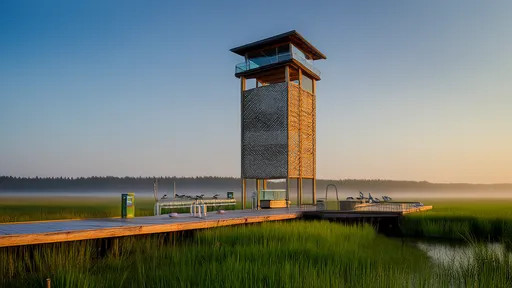
By /Jul 16, 2025
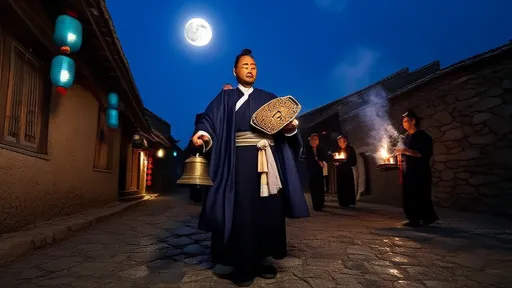
By /Jul 16, 2025
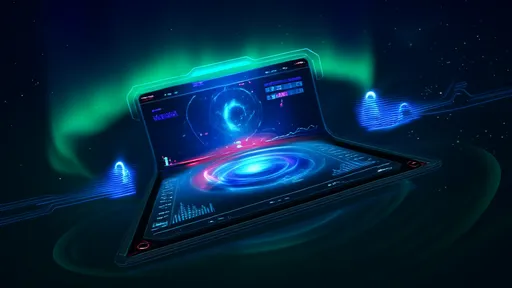
By /Jul 16, 2025
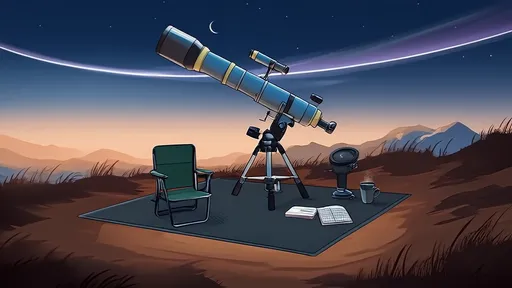
By /Jul 16, 2025

By /Jul 16, 2025
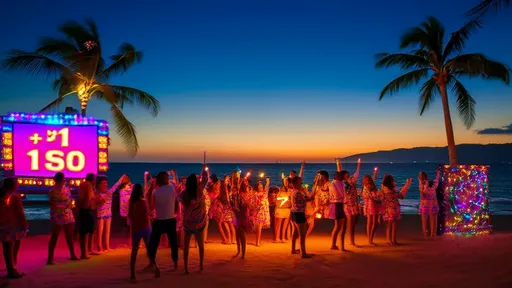
By /Jul 16, 2025
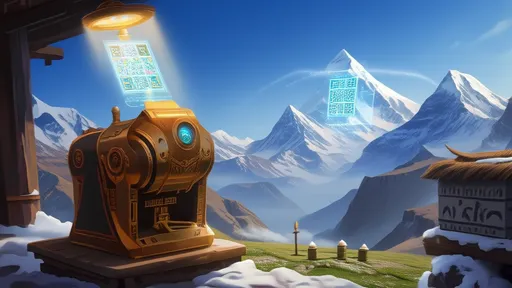
By /Jul 16, 2025
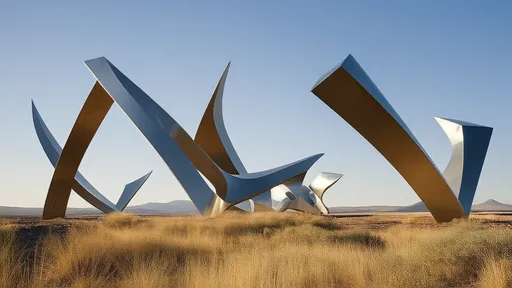
By /Jul 16, 2025
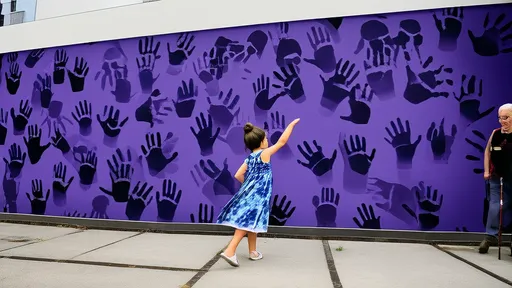
By /Jul 16, 2025